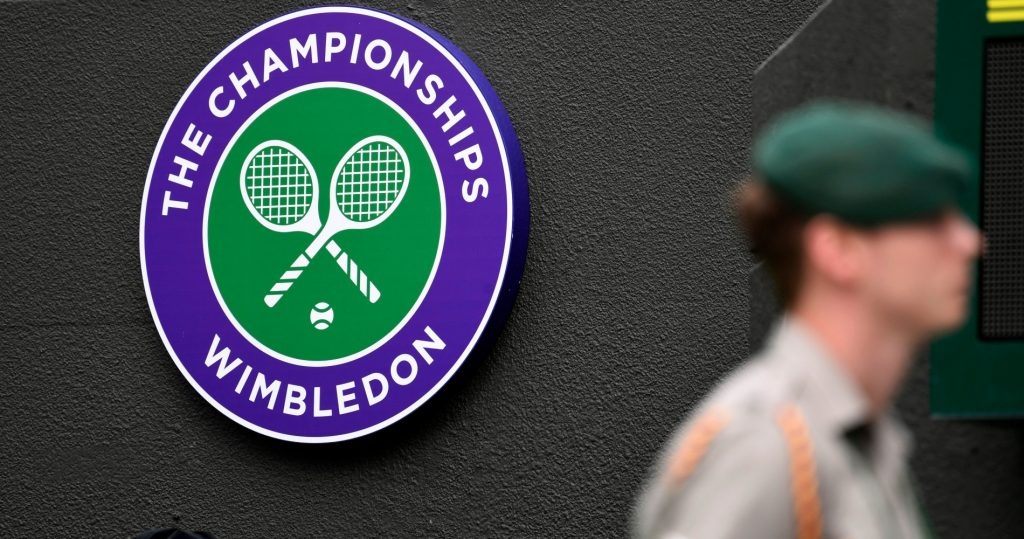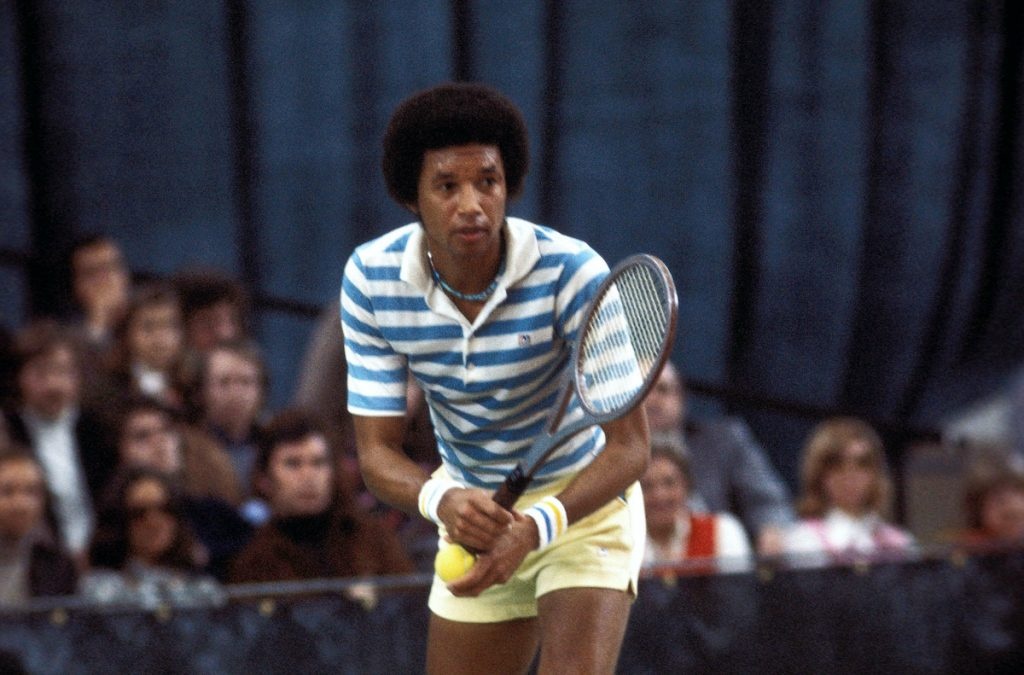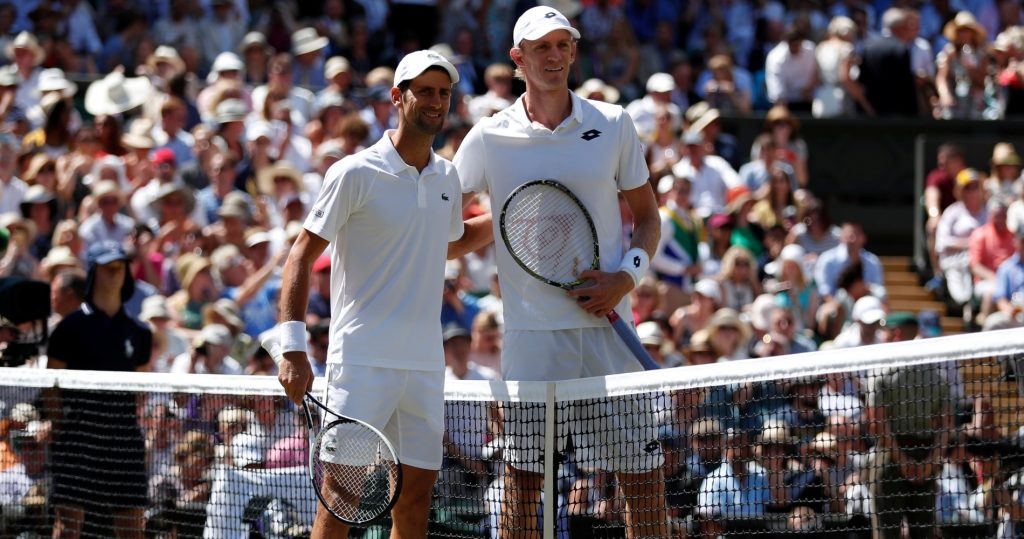ATP: Role, chairman, structure, all you need to know about the governing body of men’s tennis
The ATP is the governing body for men’s tennis. Here are all the informations you need to know about ATP to fully understand his history and his organisation.
 ATP
ATP
You can follow the ATP on Twitter, Instagram and Facebook.
What does ATP stand for?
ATP is an acronym for the Association of Tennis Professionals.
What is ATP’s role?
The ATP administers the men’s tennis tour. It runs the ATP Tour, as well as the Challenger Tour, the second-tier tournaments, and the ATP Champions Tour, which gathers former tennis stars. It determines the schedule and attributes categories to each tournament (Masters 1000, ATP 500, ATP 250). It organizes the end of year Finals. But it does not operate Grand Slams, run by the International Tennis Federation and national organizers. They still have reserved spots in the calendar and the ATP distributes points there too.

At the players’ initiative, the ATP took charge of the tour in 1990, to replace the Men’s International Professional Tennis Council, which had held the reins from 1974 to 1989. The board was composed of three representatives from the ITF, three from the ATP and three tournament directors. But the players, frustrated by the schedule structure, a deficit in marketing and their inferior position in the MIPTC board, hoped to have more influence on the circuit’s course.
85 Top 100-members signed a letter calling for a new system. It was sealed when 24 players, including 8 from the Top 10 (except Jimmy Connors and Ivan Lendl), signed contracts to participate in the first ATP Tour in 1990. The new format was presented by ATP CEO Hamilton Jordan, former Jimmy Carter’s Chief of Staff in the White House, during a press conference on the US Open parking lot. The main principle was to give the power to players and tournament directors, who had 50-50 in this new structure.
The ATP also runs the computerized rankings, which has existed since August 1973.
Since when does the ATP exist?
The ATP was founded in September 1972. She was created during the first week of the US Open, which then took place in Forest Hills. The ATP, in preparation since mid-April, replaced the ITPA (International Tennis Players Association), with Arthur Ashe as a leader of this new beginning. Around fifty players from 16 countries subscribed 400 dollars a year to join the ATP, which was a union. Its goals were to defend players’ interests against the World Championship Tennis, MIPTC’s elder, and the ITF.

Ashe, an eventual three-time Grand Slam champion, became the first ATP vice-president in history. South African player and 1965 US Open runner-up Cliff Drysdale was named the first president. Drysdale, Jack Kramer (US player during the 40’s-50’s and founder of the computerized rankings), Donald Dell (former US player became a lawyer and first agent in pro tennis) and Jim McManus (US player still in activity at the time) are branded as the ATP founding fathers.
Who is the ATP chairman?
The ATP chairman is Andrea Gaudenzi. The 46 year old-Italian was named in October 2019 for a four year-term, which began on January 1st 2020. He was chosen unanimously by the ATP Board of Directors. Former world no.18, Gaudenzi won three titles on the tour during his pro career. His best achievement in Grand Slams was a Round of 16 appearance in the 1994 French Open. After he ended his career, Gaudenzi graduated in law from the University of Bologna and obtained an MBA at the International University of Monaco. He came back to the tennis world via the Board of ATP Media.

Gaudenzi replaced Chris Kermode, who had been in charge since January 2014. Gaudenzi has been named chairman, although Kermode was CEO. But there was a will from the player representatives to divide the power into the hands of two people, instead of just one omnipresent individual. Gaudenzi then hired Massimo Calvelli as ATP chief executive.
Brad Drewett, Etienne de Villiers, Mark Miles or Hamilton Jordan all are former ATP CEOs. The first ATP CEO was Cliff Drysdale.
What is ATP’s structure?
The ATP has a Board of Directors with seven members. It is formed as follows :
- 1 chairman (Andrea Gaudenzi)
- 3 player representatives (David Egdes, Alex Inglot, Mark Knowles) ;
- 3 tournament representatives (Gavin Forbes, Charles Smith, Herwig Straka).
The players’ representatives, one by major region (Europe, Americas, International), are chosen by the Player Council, with 13 members in it. They are divided as follows :
- 4 ranked between the 1st and the 50th place in the singles’ ATP rankings (Kevin Anderson, Rafael Nadal, John Isner, Sam Querrey) ;
- 2 ranked between the 51st and the 100th place in the singles’ ATP rankings (Yen-Hsun Lu, Vasek Pospisil) ;
- 2 ranked in the doubles’ ATP rankings Top 100 (Jurgen Melzer, Bruno Soares) ;
- 2 “At-Large”, with no ranking-restrictions (Novak Djokovic, Roger Federer) ;
- 1 coach (Brad Stine) ;
- 1 “Alumni” (Colin Dowdeswell).
The Player Council’s president has been Novak Djokovic since August 2016. Kevin Anderson is vice-president. The members are on two year-terms.

The tournament representatives, one by major region (Europe, Americas, International), are selected by the Tournament Council, also with 13 members in it. They are divided as follows :
- 5 for Europe ;
- 4 for the Americas ;
- 4 for the rest of the world.
How does the ATP deal with the Covid-19 crisis?
The ATP waited until March 18, more than a week after Indian Wells’ postponement, to take an official stand on the tour’s status amid the coronavirus crisis. It published a first statement, along with the WTA, to announce the tours’ suspension until June 7. The date was then pushed back to July 13, following Wimbledon’s cancellation. However, the ATP was not in contact with French Open organizers when they decided unilaterally to postpone the tournament and reschedule it in September. But Andrea Gaudenzi did not publicly blame the French Federation, as he is trying to find solutions to save as much of the 2020 season as he can.











Please don’t give the majors to Espn. They don’t want to watch the match. They prefer to put the cameras on the commentators who ruin it for the fans. Also, they don’t even know how to film the match, preferring to look at the players butt and half a court instead of allowing the fans to see the whole match. Disgusting.